Top 5 Tips for Successful Vegetable Gardening in the Pacific Northwest
Cultivating vegetables in the Pacific Northwest comes with unique challenges and advantages due to the region’s specific climate and environmental factors.
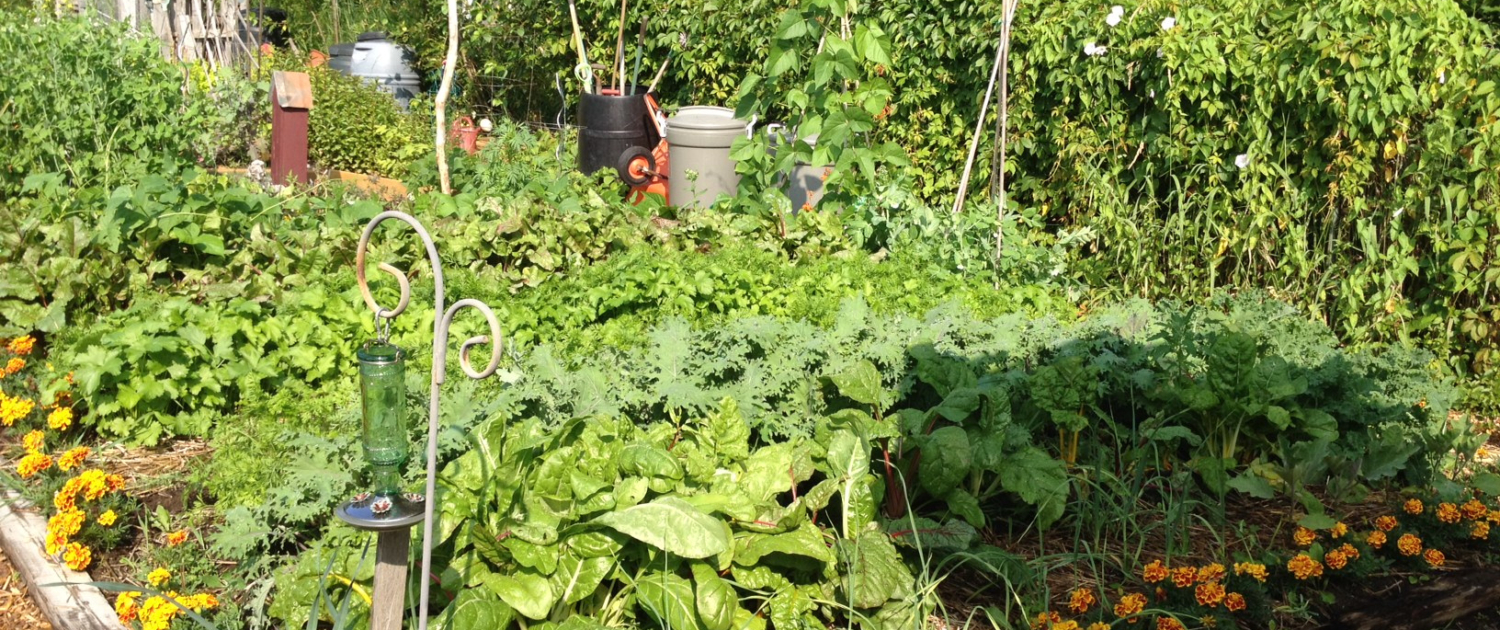
Select Suitable Vegetables
Select Suitable Vegetables
Opt for vegetable varieties that flourish in the mild and wet climate of the Pacific Northwest. Give precedence to cold-resistant options like kale, broccoli, carrots, beets, lettuce, and peas. Additionally, consider cultivating indigenous plants such as edible ferns, huckleberries, and salmonberries, which thrive in the region’s natural ecosystem.

Right Timing
Right Timing
In the Pacific Northwest, where the growing season is prolonged, precision in your planting schedule is crucial. Initiate the planting of cool-season crops in both early spring and late summer to ensure a bountiful autumn harvest. For warm-season vegetables such as tomatoes and peppers, sow them after the last frost, typically in late spring or early summer. Consider your local first frost date for efficient planning.
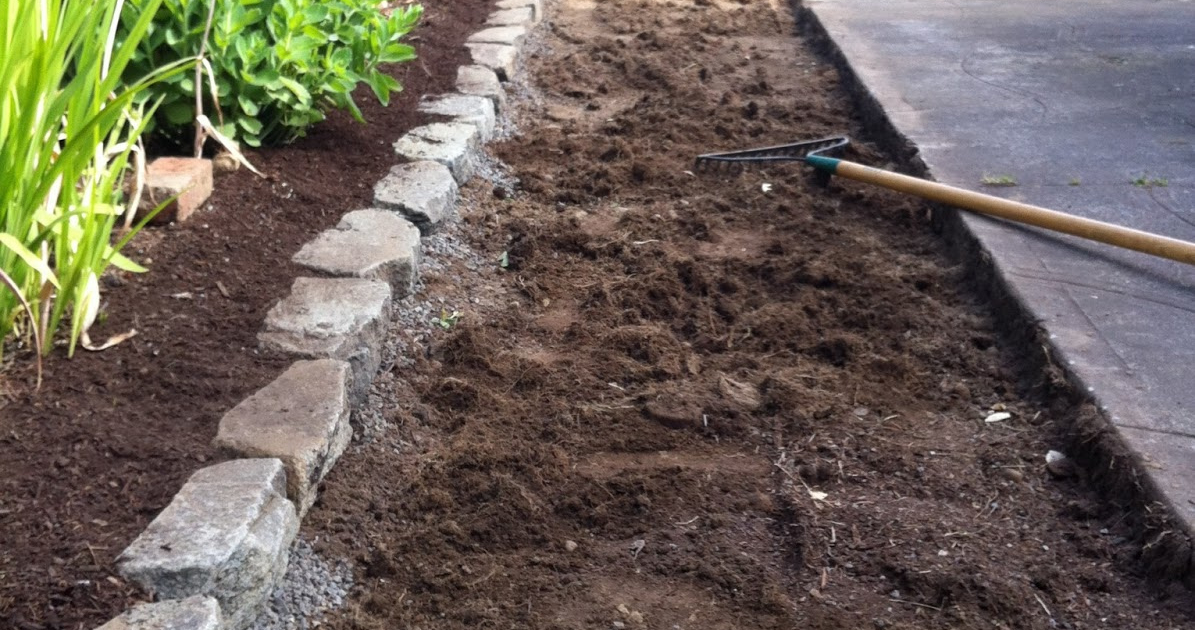
Preparing Soil and Enhancing Drainage
Preparing Soil and Enhancing Drainage
Given that soils in the Pacific Northwest often lean towards acidity and clay heaviness, it’s crucial to address drainage and fertility issues. Enhance soil quality and provide essential nutrients by incorporating organic materials such as compost. If your garden is prone to waterlogging during the rainy season, consider utilizing raised beds to improve drainage. Regularly monitor and adjust the soil’s pH levels to create an optimal environment for your plants.
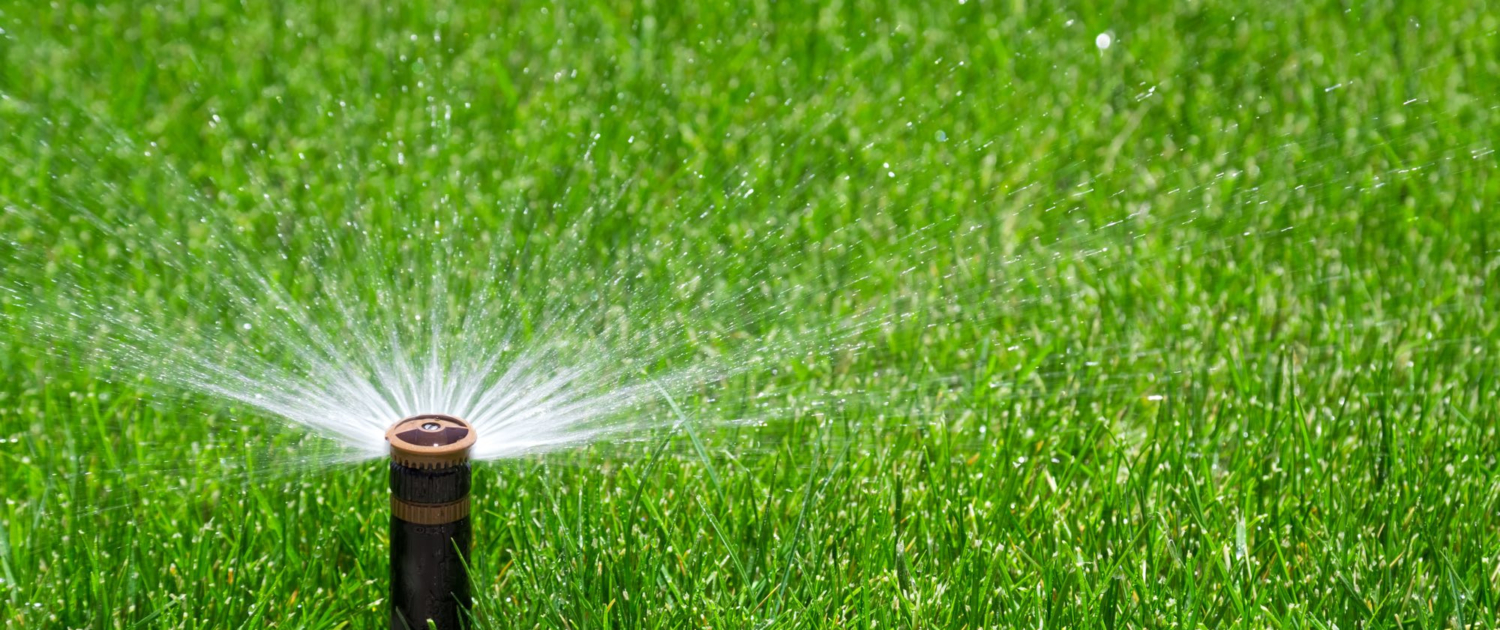
Efficient Watering Practices
Efficient Watering Practices
Given the notable rainfall in the region, it’s crucial to supplement watering, particularly during dry summer periods. Opt for efficient methods such as drip irrigation or soaker hoses, directing water deep and directly at the base of plants to minimize wastage through evaporation. Mulching around your plants is beneficial for retaining soil moisture, stabilizing soil temperature, and inhibiting weed growth.
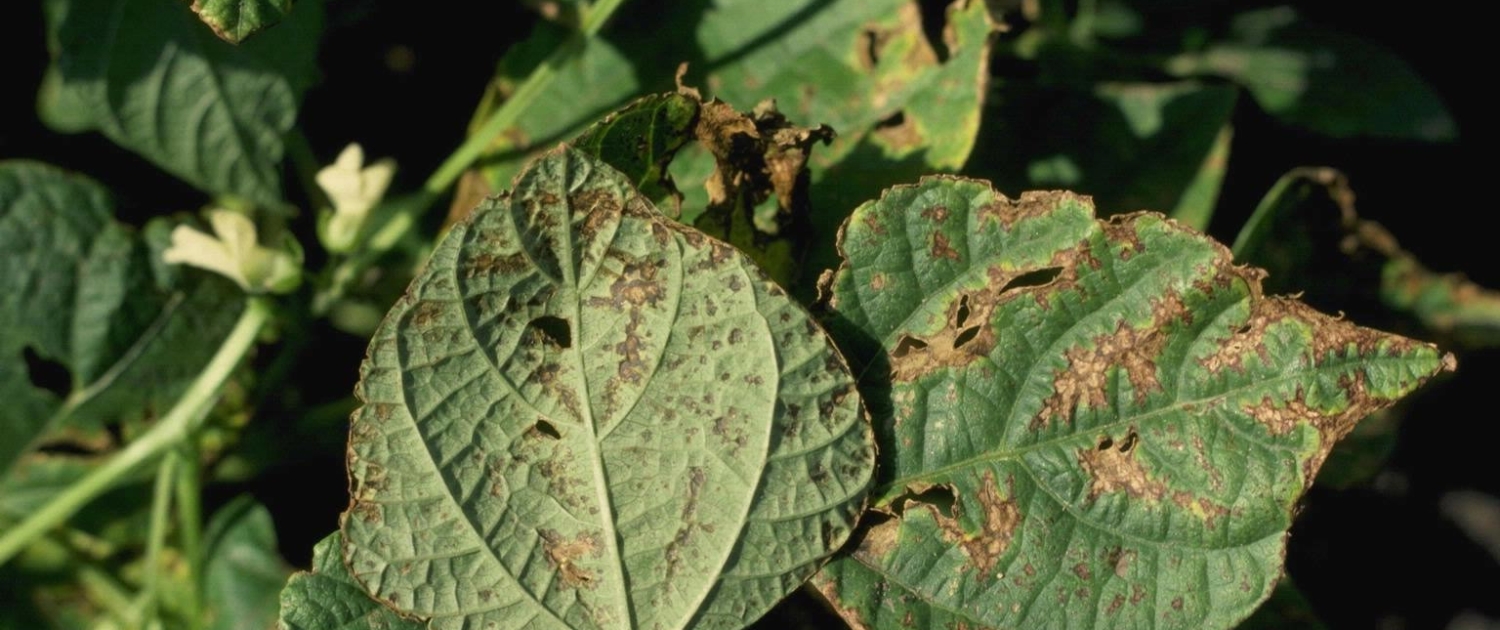
Controlling Pests and Diseases
Controlling Pests and Diseases
Gardens in the Pacific Northwest frequently encounter challenges from pests such as slugs, snails, and fungal infections, attributed to high moisture levels. Mitigate these issues by employing natural pest control methods, including introducing beneficial insects and using slug traps. Conduct regular plant inspections and maintain proper spacing to improve air circulation, thereby reducing the risk of fungal infections.

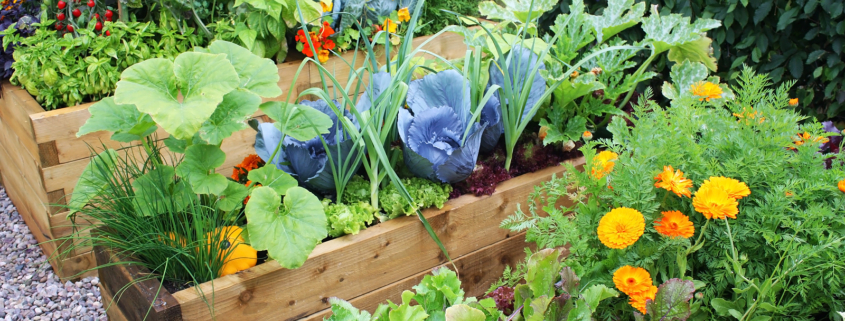


Leave a Reply
Want to join the discussion?Feel free to contribute!